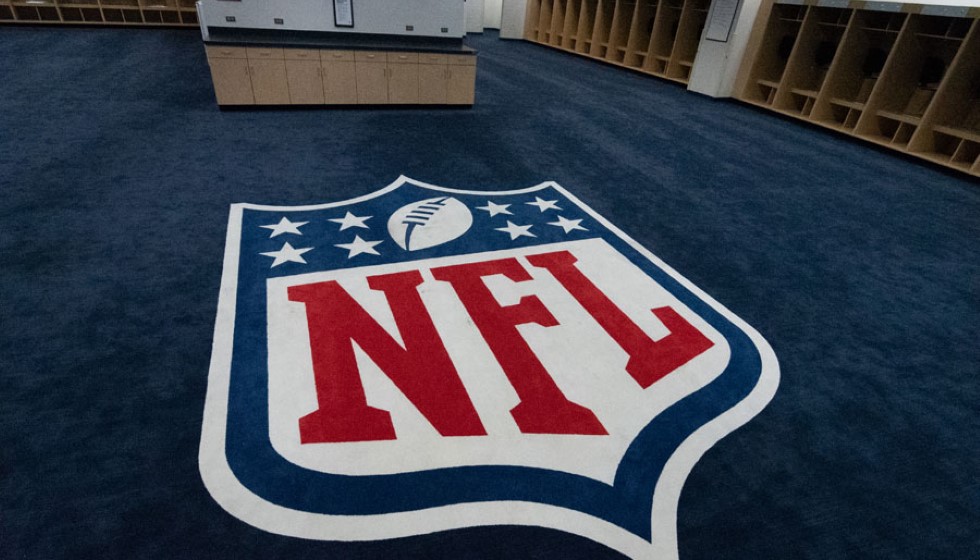
In the world of professional football, where offensive prowess and strategic brilliance often draw headlines, a running back is methodically crafting his own tale of excellence. Saquon Barkley of the New York Giants is not just playing the game; he's attempting to rewrite its historical narrative. This season, Barkley seeks to be the first running back in over a decade to claim the highly coveted NFL MVP award, a testament to his undeniable impact on the field.
With 1,392 rushing yards this season, Barkley stands as a beacon of consistency and power for the Giants. His performance, particularly in the second halves of games, showcases his resilience and strategic acumen. Out of these total yards, a staggering 920 have been achieved after the halftime whistle, highlighting Barkley’s endurance and ability to perform when the stakes are highest.
Second-Half Specialist
Barkley's ability to dominate in the latter stages of a game is underscored by his impressive average of 7.9 yards per carry in the second half. This is more than just a statistical feat; it's a benchmark of excellence not achieved in over 30 years. For context, Barry Sanders, a legend in his own right, averaged 6.9 yards per carry during his iconic 1997 season.
This season, Barkley has carried the ball 116 times in the second half, crossing into the end zone seven times. His second-half performance is so prolific that his rushing yards surpass the combined second-half totals of Chuba Hubbard and Najee Harris. This unprecedented ability to decimate defenses late in contests has propelled Barkley into the NFL's elite, ranking him as the fourth-leading rusher based solely on his second-half output.
The Giants' Strategic Shift
The strategic nuances of the Giants’ playbook are integral to Barkley's success. As Lane Johnson articulated, "There's a lot of stuff you can game plan through throughout the week, and then, you know, you get to the game and they may show up in a different defense. You have to make those adjustments after each series and like halftime, you know, some plays that maybe don't run the first half, run the second half."
Complementing this, Mekhi Becton explained, "Like the run game isn't always gonna hit off the first run. It's one of those things where we gotta keep going and going and wait for it to just hit. I feel like we've done that every game this year."
The Value of Persistence
Kellen Moore further added to this narrative by emphasizing the physicality and persistence inherent in the Giants' strategy: "I do think there is an element of -- we pride ourselves on being a really physical run game, and those things wear on you as the game goes on when you get the opportunities we get. And the way the games have played out, you can keep grinding it out as the second half progresses, and those big plays eventually pop."
Competitive Context
Yet, in this battle of tactical minds and brawn, Barkley's individual efforts shine against broader team performances. The Philadelphia Eagles, for instance, lead the league with an average of 118.8 second-half and overtime rushing yards per game, averaging 5.9 yards per carry. But it's Saquon's remarkable singular command of the art of rushing that sets him apart, unchallenged in his second-half efficiency.
For the New York Giants and their fans, Barkley's pursuit of greatness isn't merely a statistical endeavor; it's a narrative of hope and excellence, a drive to push the boundaries of what was thought possible for a running back. As he charges forward, one carries the echoes of the game's past legends, with the promise of defining its future. In a season where every yard counts, Barkley’s journey may well redefine the role of the running back for both this era and the next.